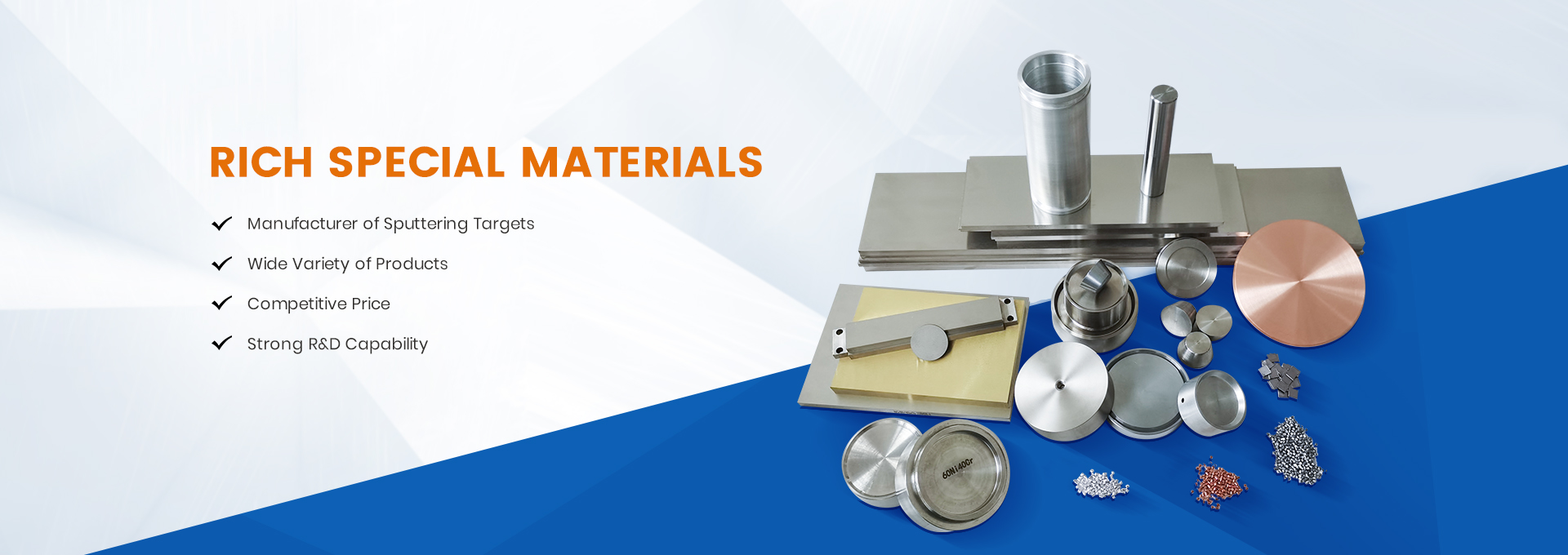Thin film transistor liquid crystal display panels are currently the mainstream flat panel display technology, and metal sputtering targets are one of the most critical materials in the manufacturing process. At present, the demand for metal sputtering targets used in mainstream LCD panel production lines in China is the highest for four types of targets: aluminum, copper, molybdenum, and molybdenum niobium alloy. Let me introduce the market demand for metal sputtering targets in the flat display industry.
1、 Aluminum target
At present, aluminum targets used in the domestic liquid crystal display industry are mainly dominated by Japanese enterprises.
2、 Copper target
In terms of the development trend of sputtering technology, the proportion of demand for copper targets has been gradually increasing. In addition, in recent years, the market size of the domestic liquid crystal display industry has been continuously expanding. Therefore, the demand for copper targets in the flat panel display industry will continue to show an upward trend.
3、 Wide range molybdenum target
In terms of foreign enterprises: Foreign enterprises such as Panshi and Shitaike basically monopolize the domestic wide molybdenum target market. Domestically produced: As of the end of 2018, domestically produced wide range molybdenum targets have been applied in the production of liquid crystal display panels.
4、 Molybdenum niobium 10 alloy target
Molybdenum niobium 10 alloy, as an important substitute material for molybdenum aluminum molybdenum in the diffusion barrier layer of thin film transistors, has a promising market demand prospect. However, due to the significant difference in the mutual diffusion coefficient between molybdenum and niobium atoms, large pores will be formed in the position of niobium particles after high-temperature sintering, making it difficult to improve the sintering density. In addition, the strong solid solution strengthening will be formed after the full diffusion of molybdenum and niobium atoms, leading to the deterioration of their rolling performance. However, after multiple experiments and breakthroughs, it was successfully rolled out in 2017 with an oxygen content of less than 1000 × A Mo Nb alloy target billet with a density of 99.3%.
Post time: May-18-2023



